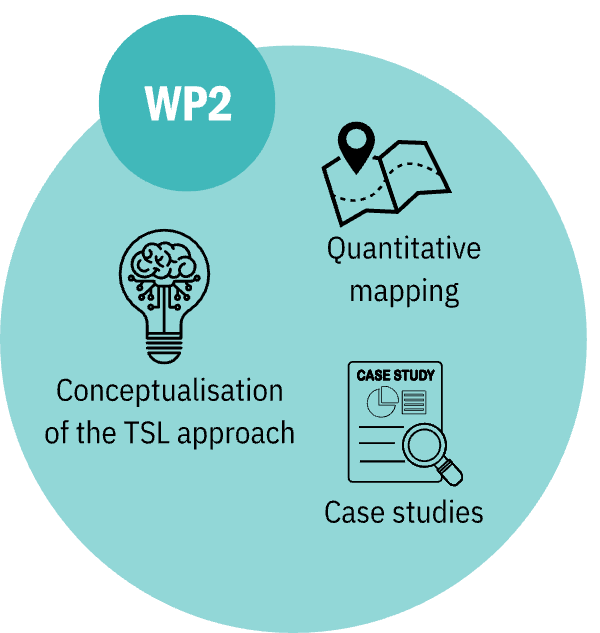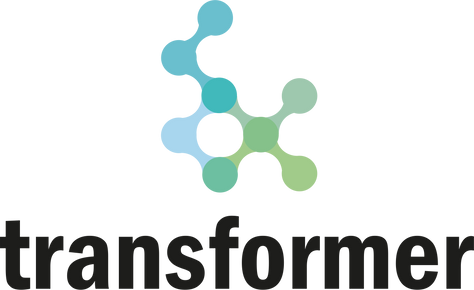
Summary of data collection on TSL predecessors
Quantitative mapping
The “Quantitative Mapping” aims to assess the transition needs and potentials, within the context of the TSL approach, for all EU regions to become climate-neutral from a quantitative perspective. The developed "Quantitative Regional Assessment Framework for Transition Super-Labs (QRAFT)" uses existing and publicly accessible statistical data for the regions of the EU on a NUTS 2 level to compare regional transition needs (measured by GHG emissions per capita and carbon emissions intensity of economic sectors) and potentials (using existing composite indices). This methodology will support conducting the first steps in the TSL process of identifying the regional challenge and possible topics for transition and developing a vision for transformation (WP3). It is designed to function as a tool for gaining a data-driven understanding of the importance of different possible TSL vision topics within a region.
Case studies
The “Case studies” aim at providing the four TRANSFORMER Super-Labs with a solid evidence-base for decision-making regarding their potential for transformation. Based upon the developed mixed-method framework, the case studies explore the transition needs and potentials of the four TRANSFORMER regions from a TSL perspective and support the identification of additional feasible pilot use cases and potential and possible strategies for the four TSL regions, enabling the long-term establishment of a TSL (WP3).
Conceptual framing of TSL approach
The Transition Super Lab approach is still a young and evolving concept. To further conceptualize the TSL framework, in a first step, literature on transition studies and related concepts at the intersection of regional and innovation studies is analyzed and linked to the TSL approach. Based on that, in a second step, a database of projects and structures that may be seen as precursors of Super-Labs will be compiled and evaluated to learn from their successful approaches and applied methodologies. This contributes to a common understanding within the TRANSFORMER project and provides a conceptual grounding for the implementation of the TSL process. Conceptualization will further evolve as the Pilot use cases (WP3) are implemented, feeding back to theory in an inductive manner, resulting in two working papers focusing on the challenges of implementing a TSL.
